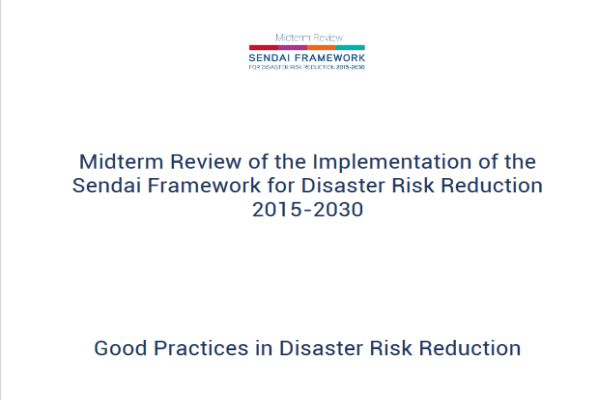The “Good practices on disaster risk reduction” document from the mid-term review of the Sendai Framework 2015-2030 by UNDRR is a comprehensive resource that presents best practices from around the world for reducing disaster risk. It mainly focuses on promoting community participation through various means and highlights efficient methods adopted by different countries to build community resilience against crises. The document underscores the importance of risk assessment by communities, which facilitates knowledge exchange, risk communication, and active community engagement in disaster risk reduction strategies. Additionally, various modes of communication, indigenous knowledge, and community mobilisation for risk reduction are discussed. The role of other stakeholders, such as governments, private organisations, NGOs, and legal frameworks for DRR practices, are also discussed in detail. The document recognises the significance of promoting inclusivity in communities by acknowledging different vulnerable groups and social structures, and tailoring measures that are fit for their specific needs. Practices from different countries include funding for DRR, legal frameworks to establish DRR practices among various stakeholders, and prioritising adequate funding for DRR practices to empower communities. Moreover, the document emphasises promoting access to insurance and risk financing innovation, as well as practices that enhance disaster preparedness for effective response, recovery, rehabilitation, and reconstruction.
The DKKV’s project on Risk Communication has also incorporated the best practices for risk communication identified in the midterm review of the Sendai Framework for Disaster Risk Reduction 2015-2030.


